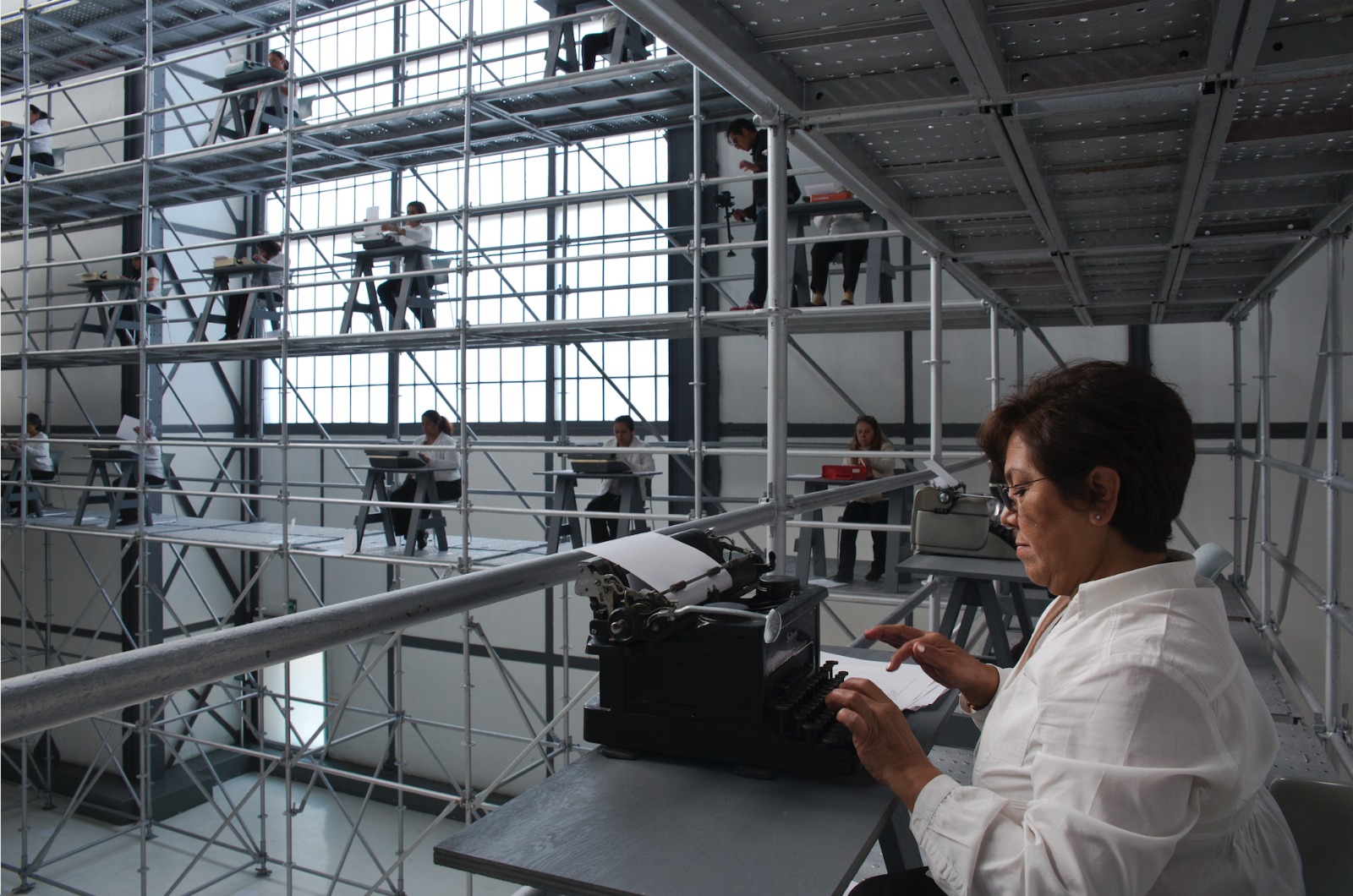We are already cyborgs
Elijah van Soldt
As was explained in the previous blogs cyborgs are fusions of organisms and machines. When we look at humans within this context we can see that we, too, have long since fused with machines: pacemakers, prosthetics and even smartphones are everyday reality for all of us to varying degrees. People have been cyborgs for a long time and will remain as such, but what does that mean for our future? What does this mean for our being human/cyborg? The gadgets that we’ve had are not the gadgets we’re going to get. Aside from the aforementioned technologies there are a lot more possibilities for us as cyborgs. There are many projects, artworks, gadgets and ways of being that we as people have not explored. Do we even really know who we are (and have been for a long time)?
In spite of all the gadgets we’ve got we – average people with(out) a medical background – still don’t really know what our body consists of, how it functions and what the consequences are of an imbalance in our smallest parts. Designer Valerie Daude made facemasks in Microbial Self – well before the Covid-19 pandemic – with integrated breath tests that measure the amount of bacteria in the host’s body. While breathing, the masks lights up with readable colour codes titled the Microbiome Diversity Index. By visualising our microbiological self we get a much better look at how our body reacts to our changing environment. This way, we can make connections between our mental and physical health. Our cyborg bodies become legible; it could even be a way to find a future partner. Especially with how powerless we feel now during the pandemic, in spite of all our gadgets and measures, a mask like this can give us a clearer image of who we are. You can see and physically try on this mask during (IM)POSSIBLE BODIES.

The unexplored, unknown corners of our voice, which go much further than the language we share with each other all day, will be explored during the (IM)POSSIBLE BODIES festival. Beatboxer and singer Harry ‘Reeps100’ Yeff explores the human voice during Second Self: The Art of A.I. and Augmented Relationships by letting the human voice go toe to toe with an AI. The AI mirrors every tone and vibration of his voice and talks back: the machine learns and reflects. This performance researches the possibilities and limits of the voice. It is also a poetic example of the integration of machine learning into the arts. Cyborgs, after all, logically make cyborg art. This performance will be shown during the opening and the magnificent voice of the artist can be experienced live and met during the closing event.
We are cyborgs already. In the previous blog I wrote that especially disabled people are our progenitors when it comes to gadgets, prosthetics and other technological innovations that are their everyday companions. However, they are not the only early cyborgs of our society: women, too, are early adopters. It was women in the factories during WWI doing the heavy, mechanical labour and women who were called ‘computers’ for their incredibly calculus skills during, for example, Project Mercury. In Héctor Zamora’s Memorándum, this oft neglected and invisible labour is explicated by having a group of female performers writing their biographies. These secretarial labours in the (virtual) Kaaihallen’s scaffolding evoke the image of invisible, female, bureaucratic labour quite explicitly. By now, we are all freed from as well as the new owners of the ever evolving technology. We say goodbye to the typewriters we have long associated with ‘labour’. What is the future of work in the very near future? This performance is part of the AR City Tour in ‘s-Hertogenbosch and can be seen/heard in the Kaaihallen and the virtual environment.
Technology and innovation have been our companions all along. The most recent manifestation of that is the smartphone. For over ten years we have been unable to imagine life without it. What does that do to us? All day long we receive and see updates, e-mails, messages, news, Tweets, Insta-stories, not to mention the never-ending bombardment of commercials. There is no end to the stream of data we leak and consume. In nerd_funk by Ali Eslami & Mamali Shafahi (nominated for the Gouden Kalf for Best Interactive, NFF 2020) our ever-changing social life is examined very closely. What is our new reality? And how does this influence us?
Being a cyborg is therefore not only a bodily affair but is woven through our societies: cyborgs are omnipresent. Of course, having been cyborgs all along does not mean we know exactly how, what, where, when and why. Moreover, we have no idea what it means for our future. As a cyborg coming out at long last we should wonder: what kind of cyborg do we wish to become?
Other participating artists for ‘We are already cyborgs’ are Paul Segers, Mire Lee, Pinar&Viola, Studio of Earthly Matters, Quintus Glerum, Emma van der Leest, Jelle de Graaf and Harry ‘Reeps100’ Yeff.
You can also follow us on Instagram @impossible_bodies and Facebook (impossiblebodies).